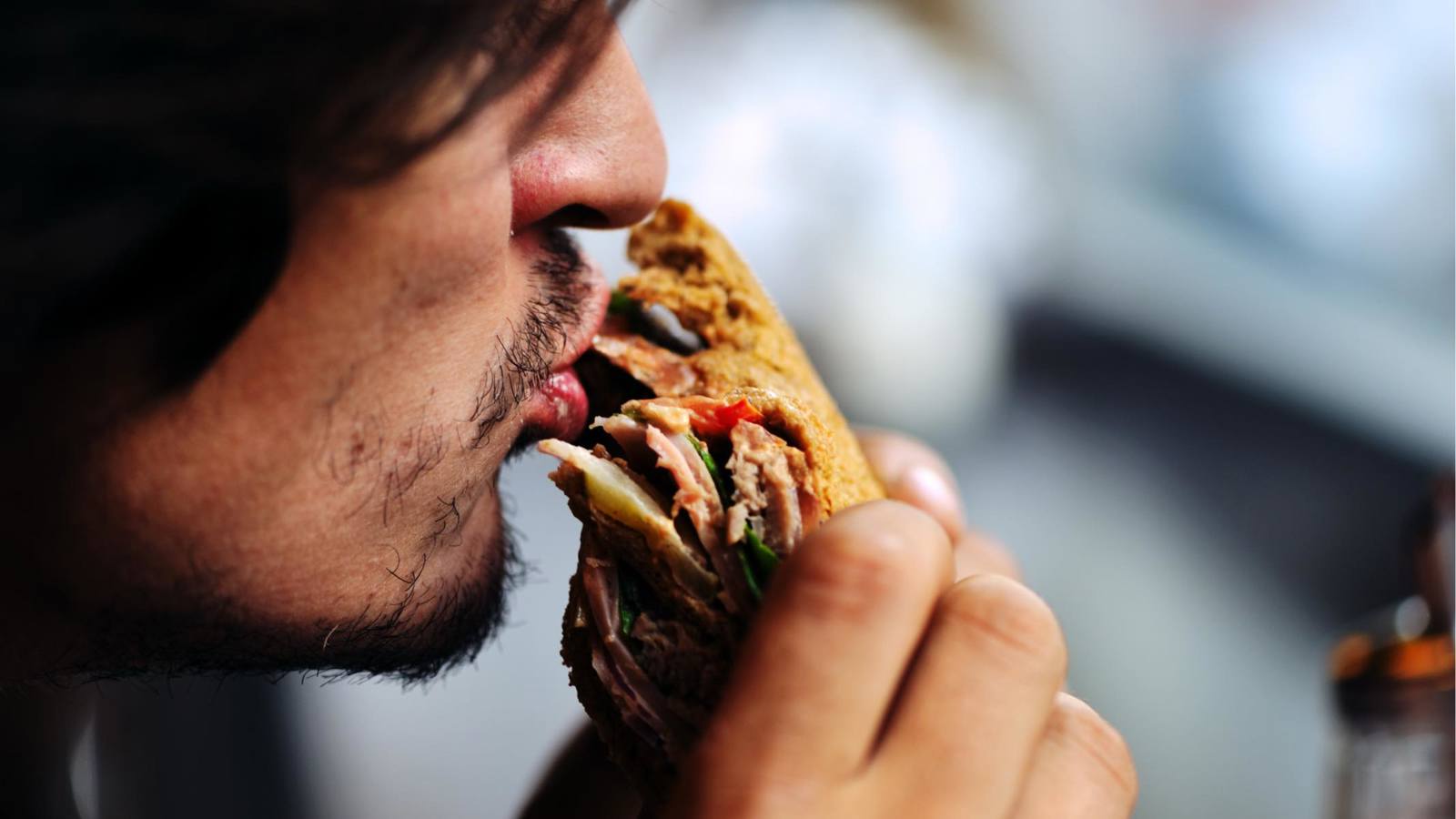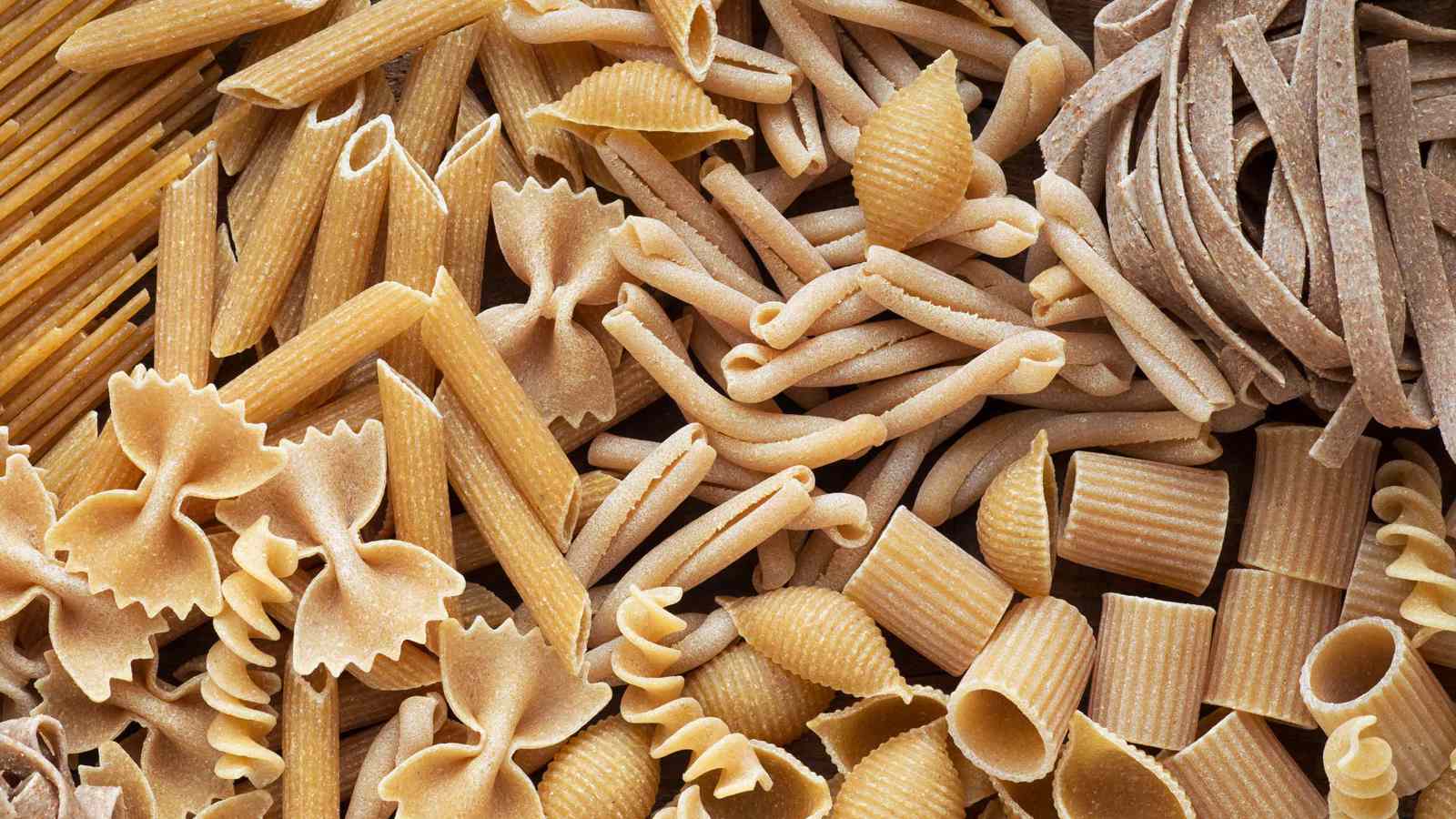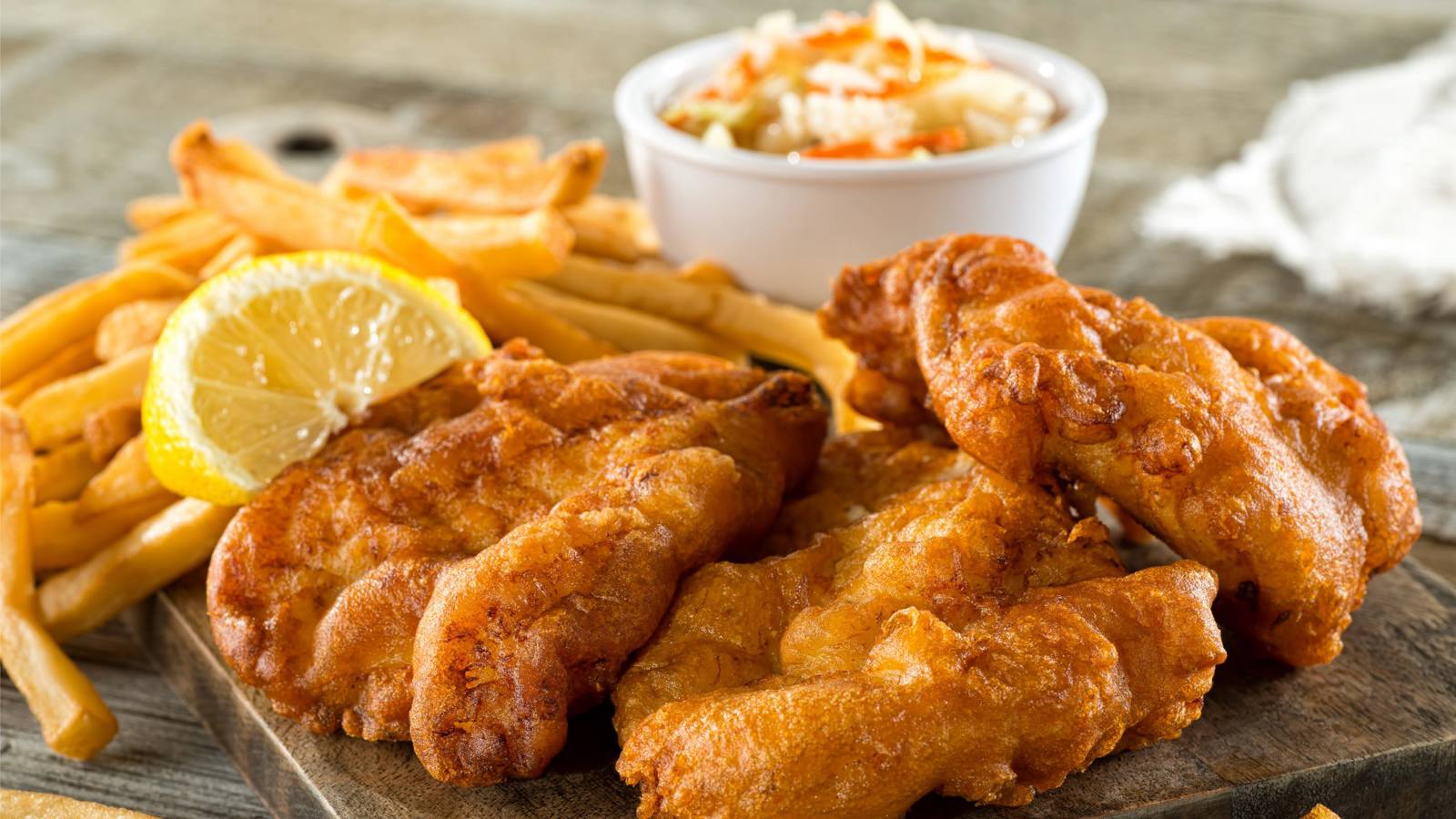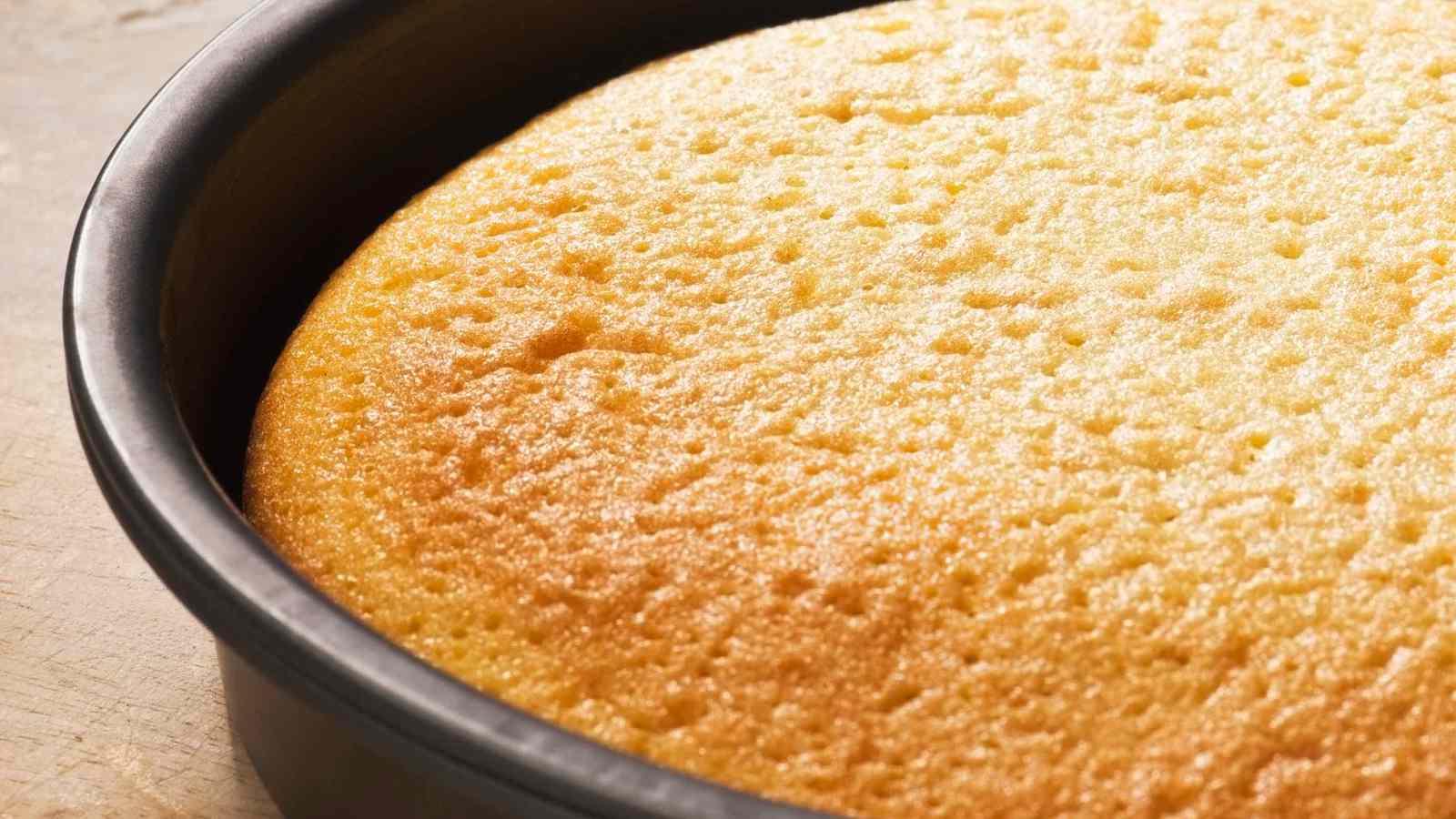
How texture is created or changed through food processing

Texture is a vital attribute of food that significantly influences consumer perception and satisfaction. It encompasses the physical properties that we sense through touch and mouthfeel, such as hardness, crispness, chewiness, and smoothness. Food processing techniques can create or alter these textural properties, enhancing the appeal, safety, and shelf-life of food products. Food manufacturers use a variety of these techniques to create the textural varieties in new products that we crave to experience and hence continue their brand loyalty through consumer satisfaction.
Mechanisms of texture modification
Mechanical processes
Mechanical processing techniques physically alter the structure of food, influencing its texture.
- Grinding and mincing: These processes break down food into smaller particles, affecting its hardness and cohesiveness. For instance, minced meat is softer and less chewy than whole cuts of meat.
- Cutting and chopping: These methods can create a variety of textures, from chunky to fine, depending on the desired product. Vegetables in a salad can be cut into different shapes and sizes to enhance the textural diversity.
- Extrusion: Used in snack food production, extrusion involves forcing food material through a shaped opening. This can create unique textures, such as the airy crispness of puffed cereals or the firm, chewy texture of pasta.

Thermal processes
Heat treatment can significantly alter the texture of food by affecting its molecular structure.
- Baking and roasting: These methods can enhance the crispness and colour of the food surface while maintaining a tender interior. For example, baking bread creates a crispy crust and a soft, airy crumb.
- Boiling and steaming: These processes soften food by breaking down cell walls and gelatinising starches. Vegetables become tender, and meats can become more succulent.
- Frying: Frying creates a crispy exterior by rapidly dehydrating the surface, while the interior remains moist. This contrast in texture is highly appealing in products like fried chicken or French fries.

Chemical processes
Chemical treatments can modify food texture by altering its chemical composition.
- Marination: Marinating meat or vegetables in acidic solutions (like vinegar or lemon juice) can tenderise them by breaking down proteins and connective tissues.
- Curing and pickling: These methods use salt, sugar, and acid to change the texture and flavour of food. Cured meats become firmer, and pickled vegetables can range from crunchy to soft depending on the duration and ingredients used.
- Leavening: The use of baking powder, baking soda, or yeast in doughs and batters introduces gases that create a light, airy texture in baked goods.

Biological processes
Microorganisms and enzymes can also play a role in texture modification.
- Fermentation: Fermenting foods like yoghurt, cheese, and sourdough bread involves microbial activity that changes texture. For instance, lactic acid bacteria in yoghurt produce a smooth, creamy texture.
- Enzymatic treatment: Enzymes like proteases can tenderise meat by breaking down proteins.
Texture modification examples
Bread
- Mixing and kneading: Develop gluten, which provides structure and elasticity.
- Proofing: Allows the dough to rise, creating a light, airy texture.
- Baking: Forms a crispy crust while maintaining a soft interior.
Yoghurt
- Heat treatment: Denatures proteins to improve texture.
- Fermentation: Lactic acid bacteria thicken the milk into a creamy consistency.
Potato Chips
- Slicing: Thin slices increase surface area for crispiness.
- Frying: Rapid dehydration and browning create a crunchy texture.
Food processing techniques are pivotal in creating and modifying the texture of food. By understanding how mechanical, thermal, chemical, and biological processes influence texture, food manufacturers can develop products that meet consumer expectations for quality and enjoyment. Whether it's the tenderising effect of marination, the crispiness achieved through frying, or the smoothness created by fermentation, each process plays a critical role in the sensory attributes of food.
For further reading and detailed methodologies, consider exploring resources such as:
- Journal of Texture Studies
- Journal of Sensory Studies
- Food Quality and Preference
- Institute of Food Technologists (IFT)
These platforms offer in-depth explanations and practical tips for understanding and working with food textures.
Still wondering why the measurement of texture is important? Find out more about food texture.












